Rising Incidence of Cancer
The increasing prevalence of cancer in the United States is a primary driver for the United States Photodynamic Therapy Market. According to the American Cancer Society, an estimated 1.9 million new cancer cases are expected to be diagnosed in 2025. This alarming statistic underscores the urgent need for effective treatment options. Photodynamic therapy, known for its ability to selectively target cancer cells while minimizing damage to surrounding healthy tissue, is gaining traction as a viable treatment modality. As healthcare providers seek innovative solutions to combat cancer, the demand for photodynamic therapy is likely to rise, thereby propelling the growth of the market. Furthermore, the increasing focus on early detection and treatment of cancer is expected to further enhance the adoption of photodynamic therapy in clinical settings.
Increased Research and Development Activities
The surge in research and development activities within the field of photodynamic therapy is a notable driver for the United States Photodynamic Therapy Market. Numerous clinical trials are currently underway, exploring the efficacy of photodynamic therapy in treating various conditions beyond cancer, such as acne, age-related macular degeneration, and psoriasis. This expanding research base not only validates the therapeutic potential of photodynamic therapy but also encourages investment from pharmaceutical companies and research institutions. As new applications are discovered and existing therapies are refined, the market is likely to experience substantial growth. Furthermore, collaborations between academic institutions and industry players are expected to accelerate innovation, thereby enhancing the overall landscape of photodynamic therapy.
Regulatory Support and Reimbursement Policies
Regulatory support and favorable reimbursement policies are pivotal factors driving the United States Photodynamic Therapy Market. The U.S. Food and Drug Administration (FDA) has approved several photodynamic therapy products, which has instilled confidence among healthcare providers and patients. Additionally, many insurance companies are beginning to recognize the value of photodynamic therapy, leading to improved reimbursement rates for these treatments. This financial support is crucial for increasing patient access to photodynamic therapy, as cost remains a significant barrier to treatment for many individuals. As regulatory bodies continue to endorse photodynamic therapy and reimbursement policies become more favorable, the market is expected to expand, allowing more patients to benefit from this innovative treatment option.
Growing Demand for Minimally Invasive Procedures
The trend towards minimally invasive procedures is significantly influencing the United States Photodynamic Therapy Market. Patients increasingly prefer treatments that offer reduced recovery times, less pain, and minimal scarring. Photodynamic therapy aligns well with these preferences, as it is a non-invasive or minimally invasive treatment option. This method allows for outpatient procedures, which are more convenient for patients and can lead to lower healthcare costs. As the healthcare landscape shifts towards patient-centered care, the demand for photodynamic therapy is likely to increase. Moreover, the rising number of outpatient surgical centers and advancements in healthcare technology are expected to facilitate the adoption of photodynamic therapy, further driving market growth.
Technological Innovations in Photodynamic Therapy
Technological advancements play a crucial role in shaping the United States Photodynamic Therapy Market. Innovations in light delivery systems, photosensitizers, and imaging techniques have significantly improved the efficacy and safety of photodynamic therapy. For instance, the development of new photosensitizing agents that are more effective at lower doses has enhanced treatment outcomes. Additionally, advancements in laser technology have allowed for more precise targeting of tumors, reducing side effects and improving patient satisfaction. The integration of artificial intelligence in treatment planning and monitoring is also emerging, potentially revolutionizing the way photodynamic therapy is administered. As these technologies continue to evolve, they are expected to drive market growth by increasing the appeal of photodynamic therapy among healthcare providers and patients alike.


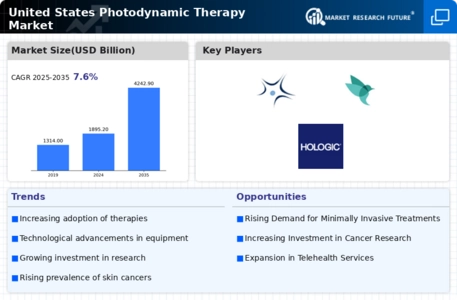
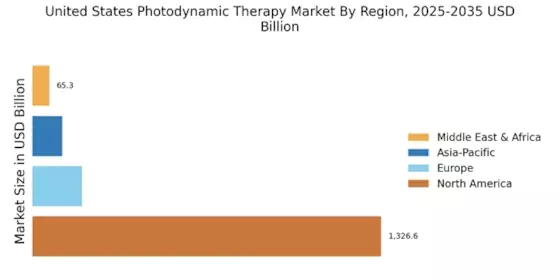
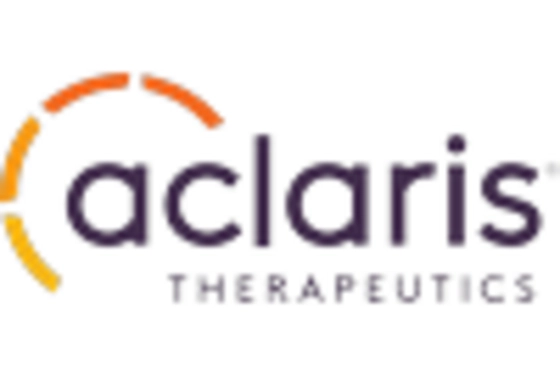
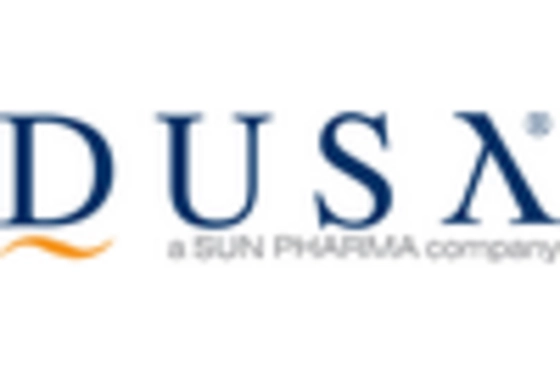
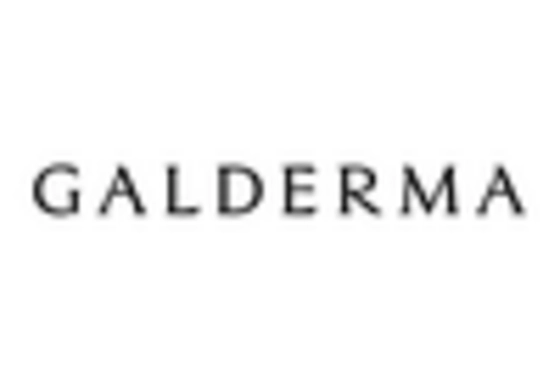
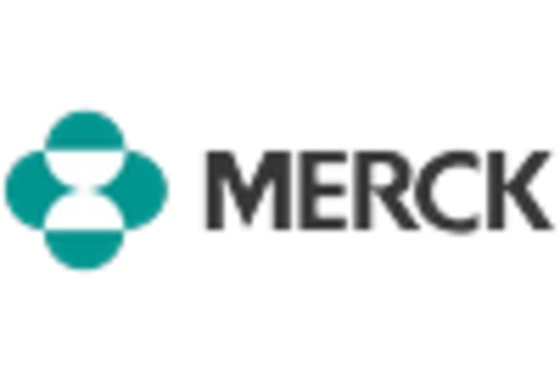
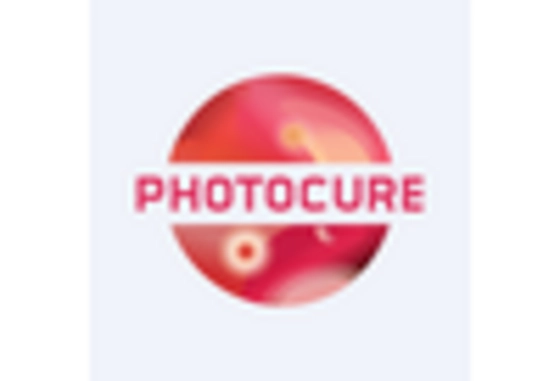
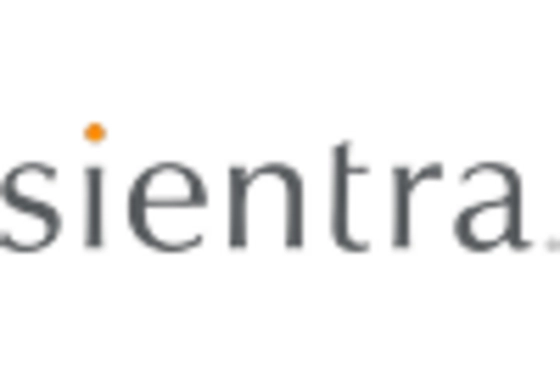








Leave a Comment